The price of fashion has changed throughout the years.
Fashion trends that are coming back are styles from the 90s and 80s with a mix of rock, goth, punk, and preppy aesthetics.
Last year’s upcoming fashion trends were wearing leg-wide, baggy, or puddle-type oversized jeans, leaving behind skinny jeans and leggings.
“A fashion trend that I’m following is pairing relaxed jeans with a neutral color top or with anything else really, they go with everything! It can be a sweater or a top it just compliments the outfit together,” senior Yamileth Rodriguez said.
Having a signature fragrance is a trend in fashion now for men. There’s a fragrance that can fit a person’s personality and style.
“I think fragrances for a guy is important mainly for those that catches females’ attention. I feel like that what females like it makes you look professional in other words its giver a good perspective about you,” Morton East graduate Darwin Barajas said.
Research conducted by the School of Design at the University of Leeds reason that the price of a piece of clothing does not decide the longevity of it. They studied 65 different pieces of clothing of three categorizes jeans, hoodies and t-shirts from both men and women ranging from different prices. The result of the research was that cheap T-shirts out did the more expensive T-shirt. While the cheaper hoodies lasted longer than the expensive ones.
“The most I would pay for a piece of clothing would be $250 because it could be so expensive, but the material of the clothing would be cheap. And then you buy a bobo (cheap) one and it could have excellent quality,” Barajas said.
According to Brain & Co research said that the millennials and younger generations will make up 80 percent of luxury spending by 2030.
“The max I would pay for a pair of shoes would be $600 dollars it doesn’t matter the brand as long I like them; I’m buying them including clothes as long as I like the piece, I’m buying them,” Barajas said.
The market for thrifting currently makes up 3% to 5% of the total value of clothing, footwear, and accessories, but it has an opportunity to reach 40%.
“In the 90s thrifting was a thing. People were looking for grandpa sweaters, cardigans, and flannels but I don’t really remember,” Morton East history teacher Marlo Rohde said.
About 40% of secondhand shoppers views their shopping as eco-friendly fashion. While another 40% shop there for the wide selection of clothing and unrelated prices.
“I do believe that thrifting/secondhand shopping for clothes is better than buying from the actual retailers because that’s a way to not waste product, it’s helpful for the environment and the best part of all you’re saving so much money. Some clothing from thrifting is authentic and it also feels good because it like hitting the jackpot,” Rodriguez said.


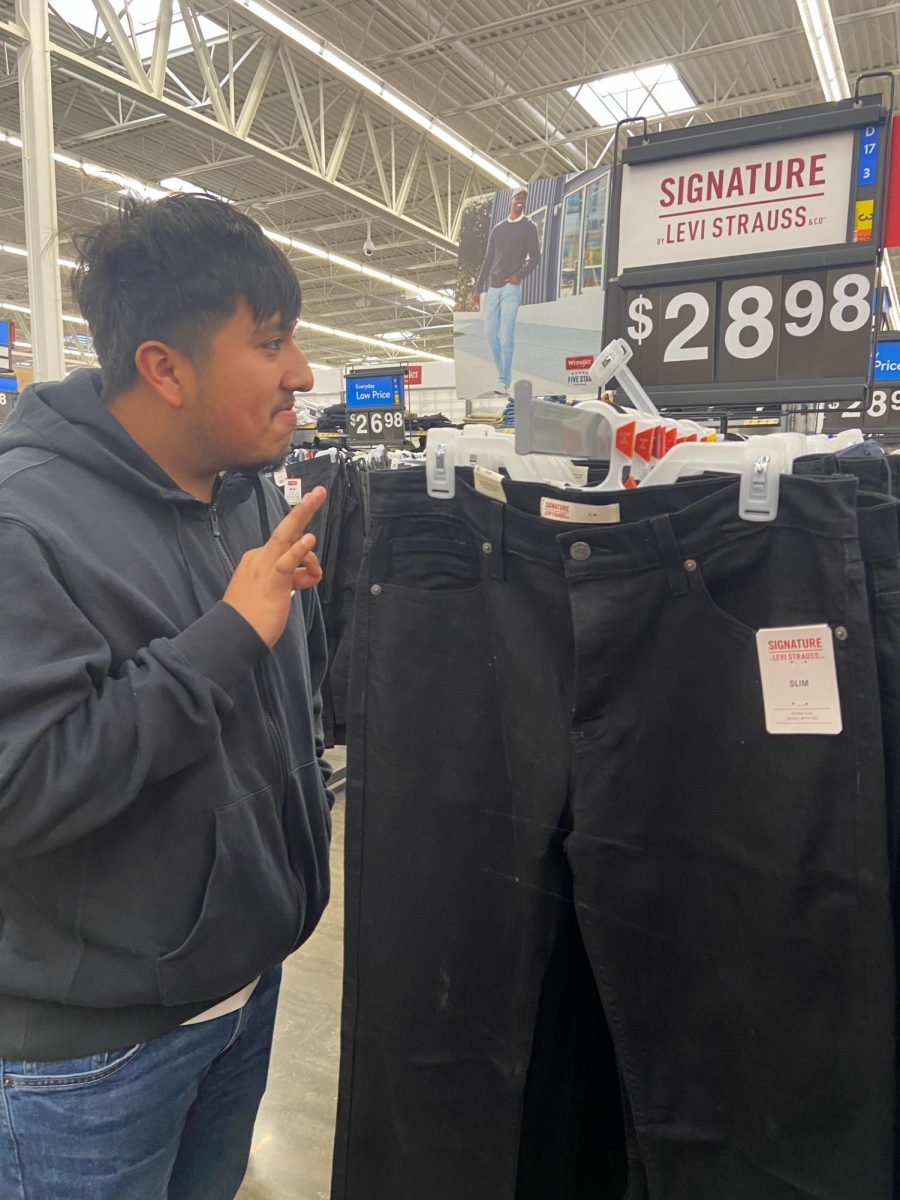

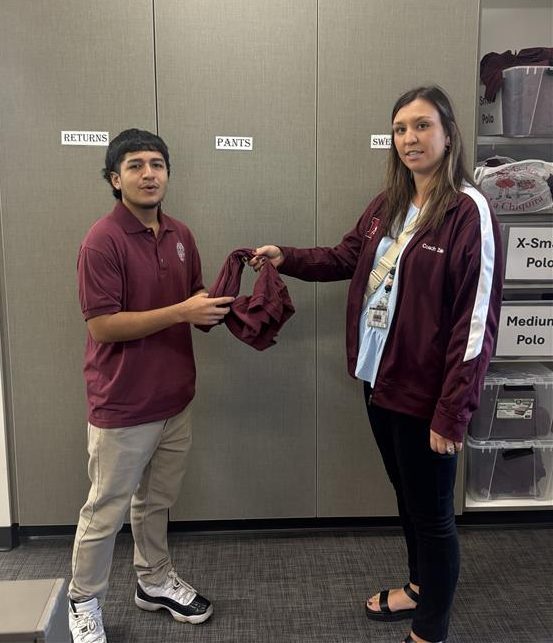


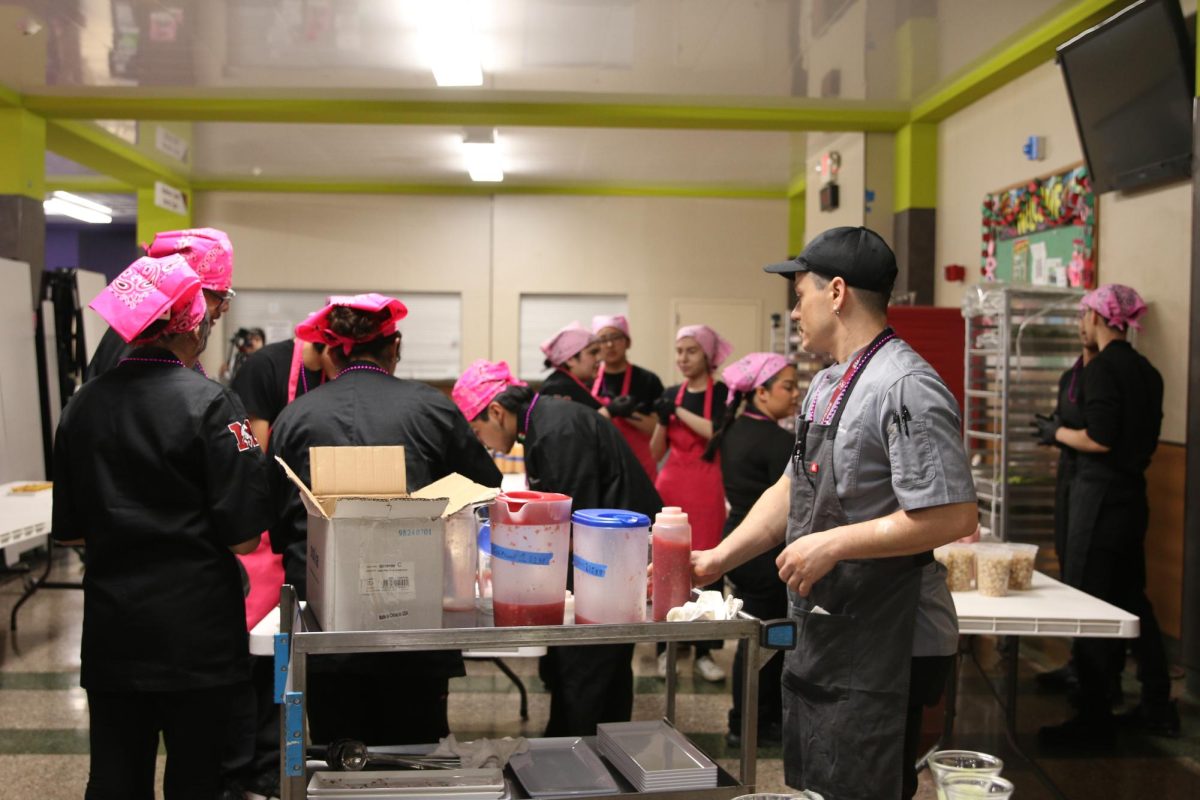
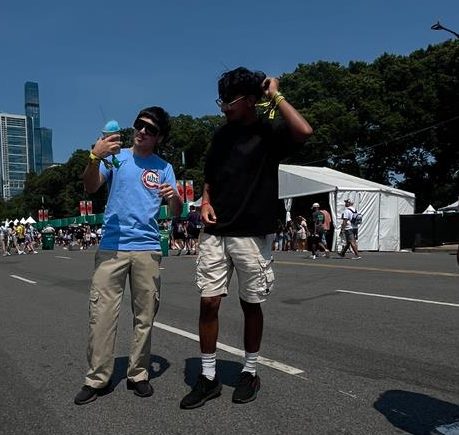








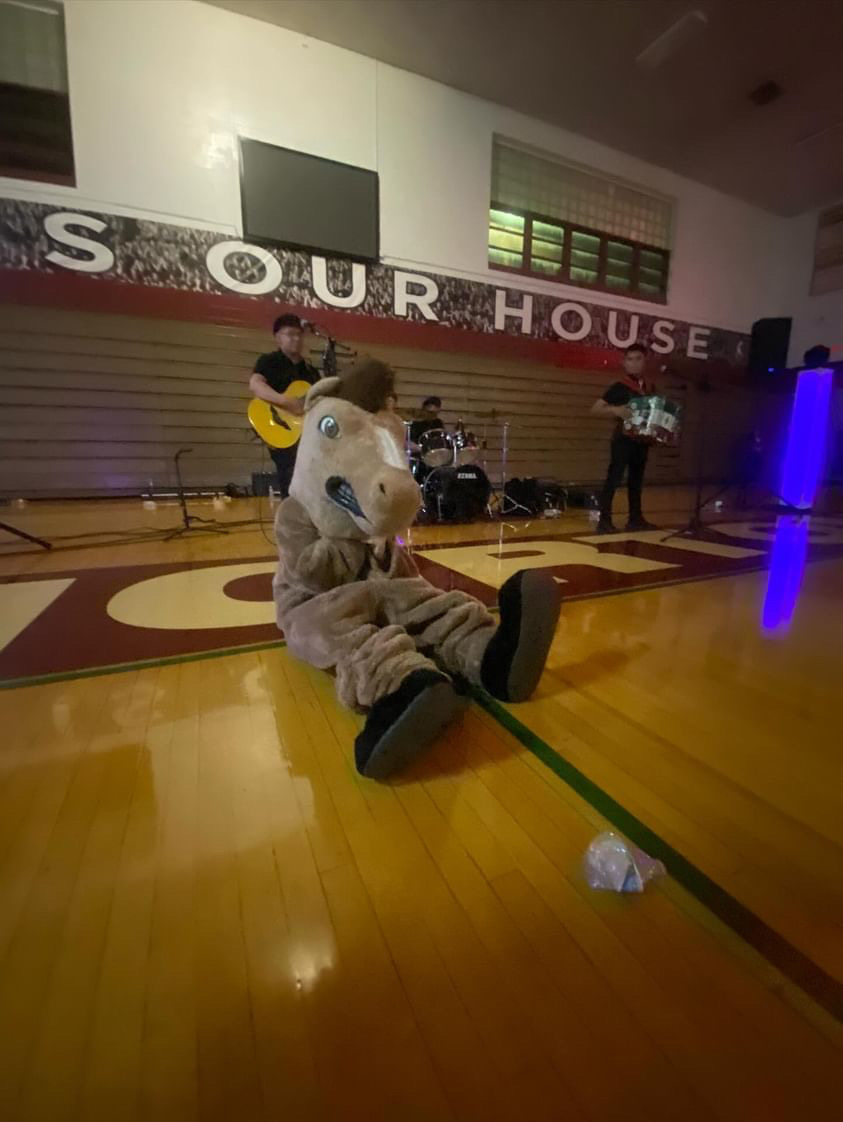
Jocelyn • Apr 12, 2024 at 1:29 pm
This reminds me of when I bought myself a sweater that I really liked and it was around $60